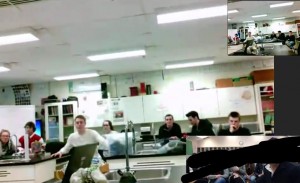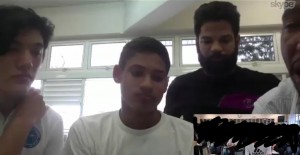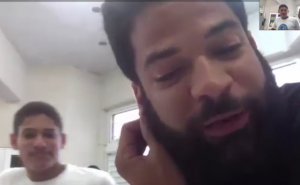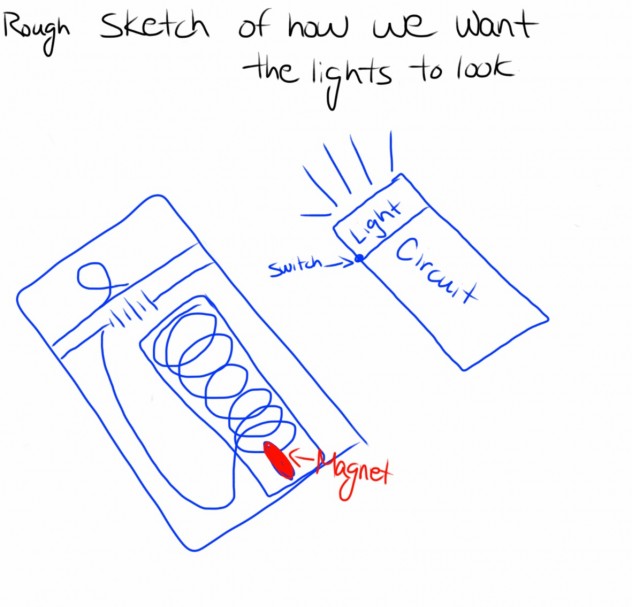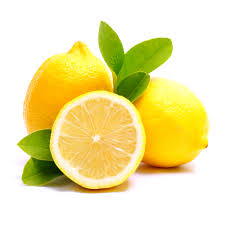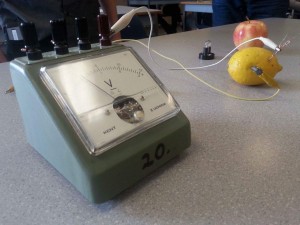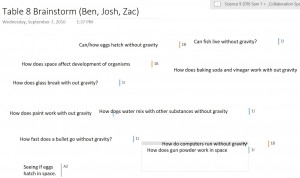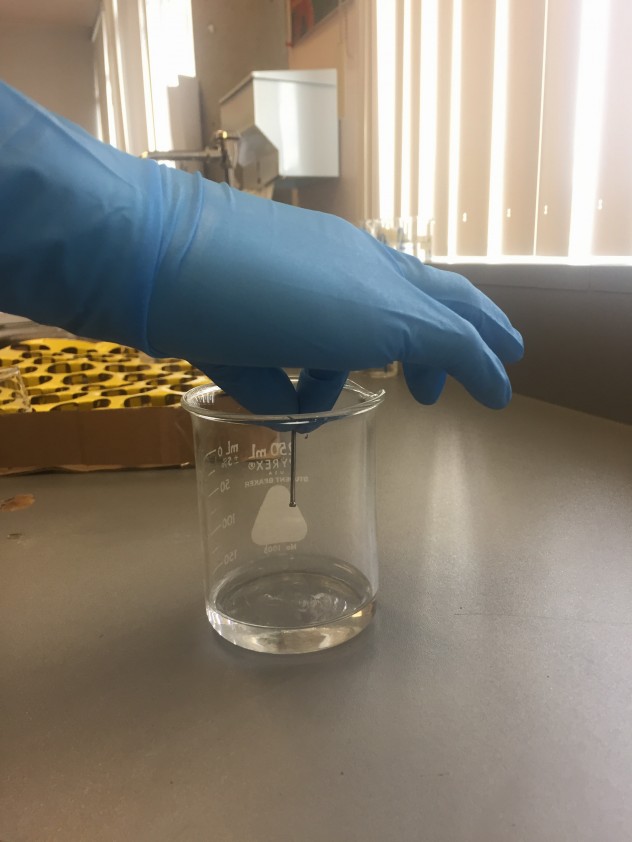This assignment asks us to talk about our daily lives and the things we do that are good and bad for the environment.
One example that is bad for the environment that I did today was drive to school, which is bad for the environment because of the CO2 emissions which causes pollution. I also used lights and things that use power which is bad as well.

From: http://www.citylab.com/commute/2014/11/car-emissions-vs-car-crashes-which-ones-deadlier/382461/
An example of something I do that is good for the environment is that when I brush my teeth I minimize the amount of water I use by turning off the tap when I’m not using it so the water doesn’t run and waste water.

From: http://www.colgateprofessional.com/products/colgate-slimsoft-toothbrush/overview
I try to take shorter showers to save water but I tend not to so its probably not that good for the environment, because it uses more water which then has to be cleaned and go through everything again.

From: https://www.bobvila.com/articles/how-to-choose-a-shower-head/#.WIZZIBsrK00
When ever I use the dishwasher I wait until its full to do the load to save the most water, which is good for the environment.
I also recycle whenever I have extra paper or something that can be recycled. For example, when I got a pepsi today instead of throwing it in the garbage can, I put it where cans are supposed to go.







